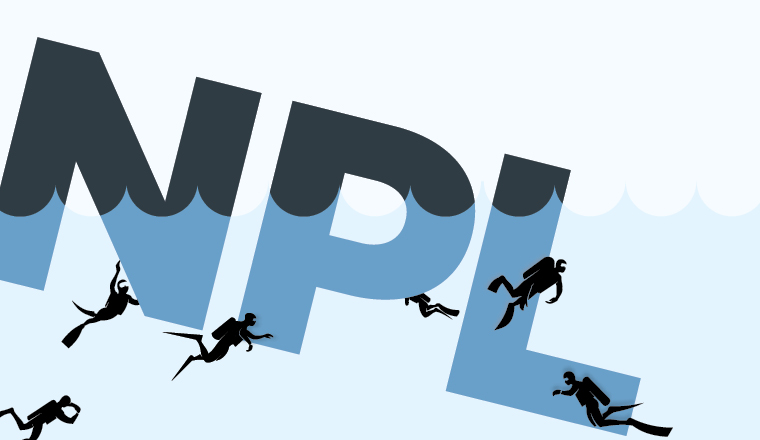Published: November 12, 2018
Levels of non-performing loans (NPLs) are still high in some parts of Europe, placing pressure on banks’ balance sheets. However, investor appetite is growing for non-performing assets.
Levels of non-performing loans (NPLs) are still high in some parts of Europe, placing pressure on banks’ balance sheets. However, investor appetite is growing for non-performing assets.
In the decade since the start of the financial crisis, the European banking sector has worked hard to come back from the brink. Banks have deleveraged and increased their capital ratios, and following the establishment of the European Banking Authority, they are contending with tighter regulations.
However, non-performing loans (NPLs) are still a serious issue across the eurozone, placing pressure on banks and draining their profitability. NPLs are normally defined as loans that are more than 90 days overdue, or those that are unlikely to be repaid in full.


